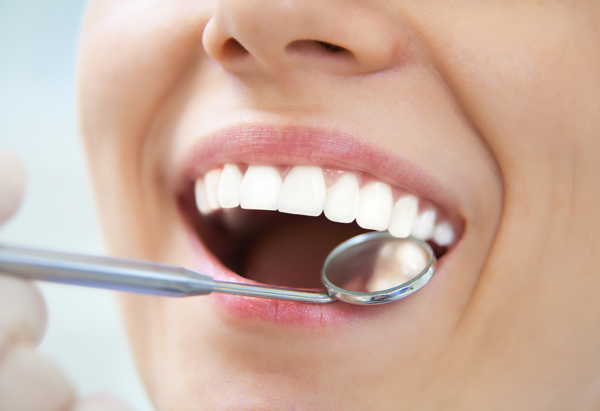Cosmetic dentistry is concerned with the appearance of teeth and the enhancement of a person’s smile. In this field, the emphasis is on the art of dentistry, not just the science. On the surface, creating white teeth, or even whole new teeth in general, may not appear to be that complicated. Yet cosmetic dentistry requires a good eye, a thorough understanding of dental anatomy, and a mastery of dental materials. Beyond that, the dentist must be able to communicate his or her vision to a laboratory technician — a key player in the realization of any smile makeover. Though cosmetic dentistry is not a recognized specialty within the dental profession, it takes years of extensive study and training to be able to perform the many cosmetic dental procedures now available to the highest standards.
All cosmetic dentistry treatments improve the appearance of an individual’s teeth. Some can also restore function and/or improve oral health as well.
Cosmetic dentistry treatments include:
Teeth Whitening: A relatively inexpensive way to brighten your smile, whitening teeth can be accomplished at home or in the dentist’s chair. There are many products and methods from which to choose. Read more about Teeth Whitening.
Composite Bonding: A tooth-colored composite resin attached to the teeth can improve the appearance and strength of chipped teeth. These procedures require very little preparation (drilling) of the tooth. Read more about Teeth Bonding.
Porcelain & Composite Veneers: Designed to substitute for tooth enamel, veneers are hard, thin shells of tooth-colored material that can mask a variety of dental imperfections. Read more about Porcelain Veneers.
Porcelain Crowns: Heavily damaged teeth can be covered with natural-looking porcelain crowns, which replace more natural tooth structure than veneers. Read more about Porcelain Crowns.
Porcelain Bridgework: A missing tooth can be replaced with porcelain bridgework that is attached to the natural teeth on either side of the space.
Dental Implants: Usually made of titanium, an implant is used to replace the root portion of a missing tooth. The implant is fitted with a crown to create a natural-looking replacement for the entire tooth. Read more about Dental Implants.
Inlays & Onlays: In certain cases, fillings can be fabricated from porcelain or composite materials in a dental laboratory to more closely match the color of a tooth. When applied to the inside of the tooth, they are referred to as “inlays.” Attached to the biting surface, they are known as “inlays.”
Tooth-Colored Fillings: Gone are the days when a filling has to be obvious and unsightly. Tooth-colored fillings are barely noticeable. Read more about Tooth Colored Fillings.
Clear Orthodontic Aligners: Many adults, as well as some teenagers, are opting for clear orthodontic aligners, instead of metal braces, to straighten their teeth. Read more about Clear Orthodontic Aligners.
Cosmetic Gum Surgery: Minor surgery can reshape gum tissue to give it a more leveled appearance.
Tooth Contouring & Reshaping: Cosmetic dentists can use a drill or laser to smooth out or reshape teeth.

